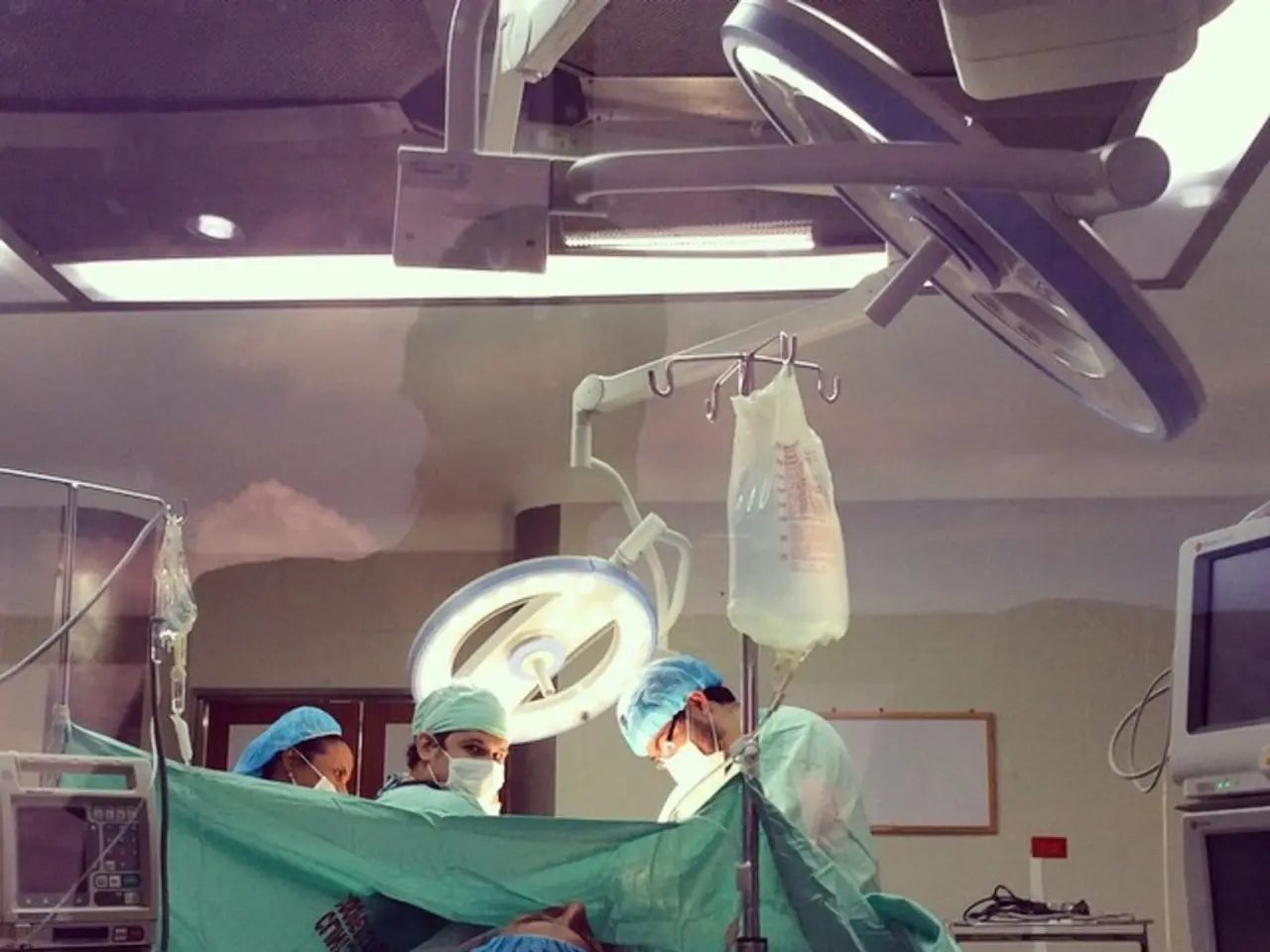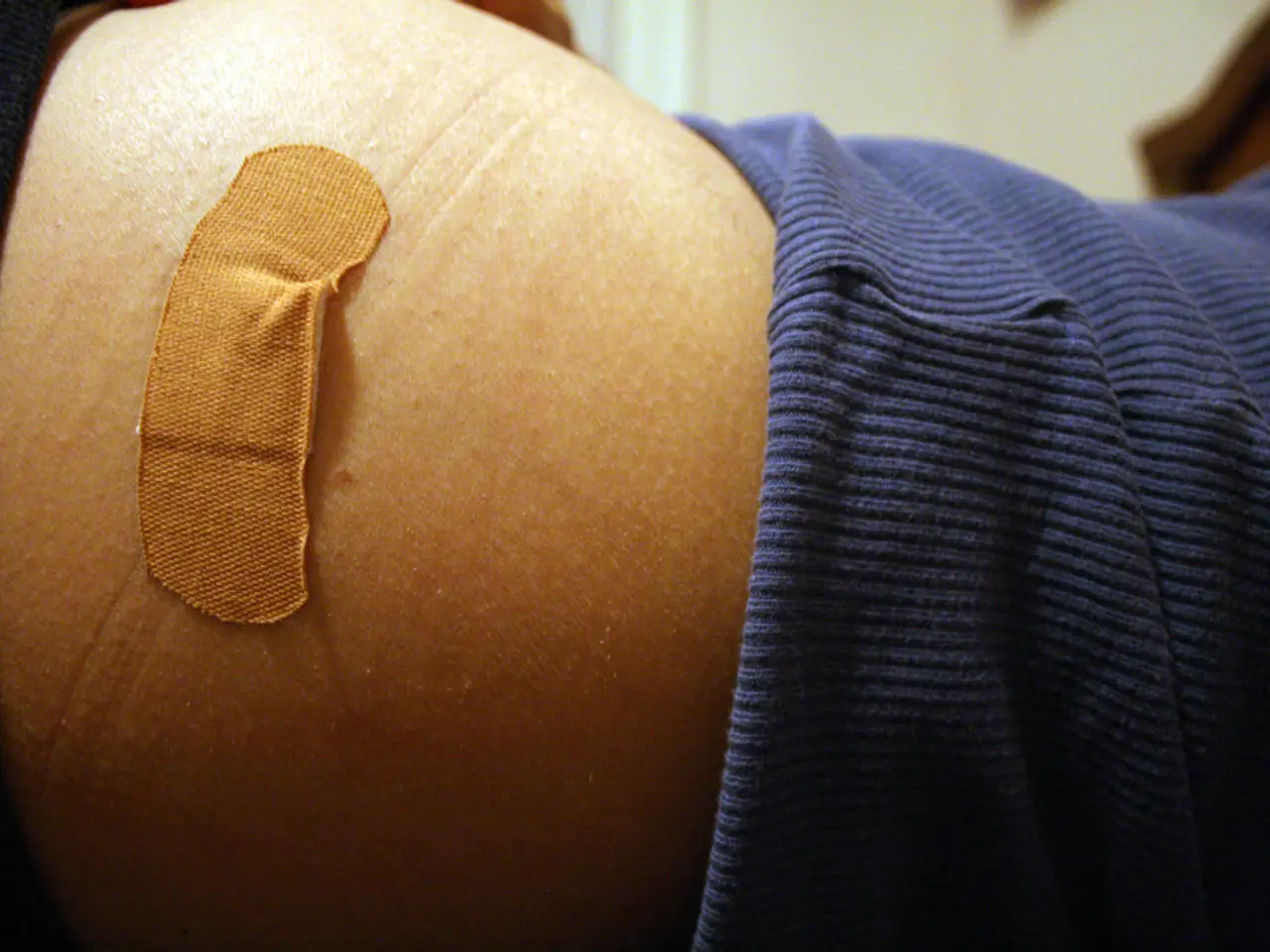Boosting Collaboration in Clinical Settings through Advanced Video Technology (AV)
Modernizing AV Systems in Healthcare: Prioritizing Reliability, Ease of Use, and High-Quality Visuals
In the fast-paced world of healthcare, the importance of seamless and efficient communication cannot be overstated. One key aspect that often goes unnoticed is the role of Audio-Visual (AV) technology in facilitating these interactions. By implementing secure, immersive, and user-friendly solutions, AV technology can significantly improve the effectiveness of Multidisciplinary Team (MDT) meetings, ultimately enhancing patient care.
Reliability at the Forefront
Reliability is a top priority for AV systems in healthcare settings. Trusted manufacturers and integrators provide preventative maintenance and dedicated support, ensuring a robust infrastructure that minimizes downtime during critical MDT meetings [1][5]. Adopting proven networking standards like Audio Video Bridging (AVB) guarantees low latency, precise timing, and high data throughput for real-time streaming [3].
Ease of Use for Healthcare Professionals
Simplicity is essential in clinical settings, where AV systems must be intuitive enough for anyone to use with minimal training. Designing intuitive and streamlined interfaces helps healthcare professionals focus on patient discussions rather than technology troubleshooting. Integrated AI-enabled meeting tools can automate aspects of collaboration, enhancing user experience and reducing cognitive load [1]. Clear protocols for patient consent and privacy during videoconferencing also simplify workflows while maintaining compliance [4].
High-Quality Visuals for Improved Diagnostics
Leveraging advanced visual tech, such as high-resolution imaging and immersive simulation environments, improves diagnostic accuracy and communication within MDTs [1][2]. High-definition video and optimized lighting allow clinicians to examine critical details remotely, supporting better decision-making and patient outcomes.
Bridging the Gap with Interoperable Devices
Fragmentation in AV systems, such as using different platforms, makes collaboration harder. Interoperable devices, like Cisco's support for Microsoft Teams Rooms, are helping to bridge this gap [6].
Empowering Clinicians and Supporting Patient Care
AV technology may not be the most visible part of healthcare innovation, but it empowers clinicians, supports teams, and helps patients receive timely, high-quality care. Features like one-touch join, self-help options, and consistent interfaces across rooms are important for AV systems in hospitals, enabling easy use for staff with varying technical backgrounds [7].
Preventing Disruptions and Reducing Pressure on IT Teams
Warranty and replacement support are critical for AV systems to prevent disruption to care and reduce pressure on IT teams [8]. Purchasing from manufacturers that offer next-day replacements reduces this pressure and prevents disruption to care.
Improving Patient Care through AV Technology
In a clinical setting, time is of the essence, and AV systems must be designed to save time and not cause delays. The goal of AV technology in healthcare is to improve patient care by enabling better outcomes, fewer delays, and less stress. MDT meetings bring together specialists to develop treatment plans for complex cases like cancer, stroke, or trauma [9].
In conclusion, integrating secure, reliable AV systems with intuitive user interfaces and crystal-clear visual technologies tailored for healthcare improves MDT meeting effectiveness and elevates patient care standards. By prioritizing these elements, AV technology can play a vital role in patient communication, disease diagnosis, and ultimately, in improving patient outcomes.
[1] Healthcare Technology Online. (2021). The Role of AV Technology in Healthcare. [Online] Available at: https://healthcaretechnologyonline.net/the-role-of-av-technology-in-healthcare/
[2] Healthcare IT News. (2020). How AV technology can improve healthcare. [Online] Available at: https://www.healthcareitnews.com/blog/how-av-technology-can-improve-healthcare
[3] AV Magazine. (2019). AVB and healthcare: The benefits of standardization. [Online] Available at: https://avmag.com/articles/avb-and-healthcare-the-benefits-of-standardization/
[4] Health IT Security. (2020). Ensuring patient privacy during remote healthcare consultations. [Online] Available at: https://healthitsecurity.com/news/ensuring-patient-privacy-during-remote-healthcare-consultations
[5] AV Technology Europe. (2020). The role of AV in healthcare: A conversation with LG. [Online] Available at: https://www.avtechnologyeurope.com/the-role-of-av-in-healthcare-a-conversation-with-lg/
[6] Cisco. (2021). Cisco and Microsoft Teams Rooms. [Online] Available at: https://www.cisco.com/c/en/us/products/collaboration/cisco-webex-teams-rooms/index.html
[7] Healthcare IT Today. (2020). How AV technology can improve healthcare. [Online] Available at: https://healthcareitoday.com/news/how-av-technology-can-improve-healthcare/
[8] Healthcare IT News. (2021). The importance of next-day replacements for healthcare IT equipment. [Online] Available at: https://www.healthcareitnews.com/news/importance-next-day-replacements-healthcare-it-equipment
[9] NHS England. (2020). Multidisciplinary team meetings. [Online] Available at: https://www.england.nhs.uk/multidisciplinary-team-meetings/
- Collaboration in health-and-wellness settings can be facilitated through the deployment of cutting-edge AV systems, providing interoperable devices for seamless MDT meetings.
- The application of technology like high-resolution imaging and AI-enabled meeting tools empower clinicians to streamline their workflows, allowing them to focus on patient diagnostics and treatment plans.
- Advancements in AV technology, such as reliable networking standards and high-definition visuals, contribute significantly to the early detection and accurate diagnosis of diseases, thereby supporting health-and-wellness programs and fitness-and-exercise initiatives.




